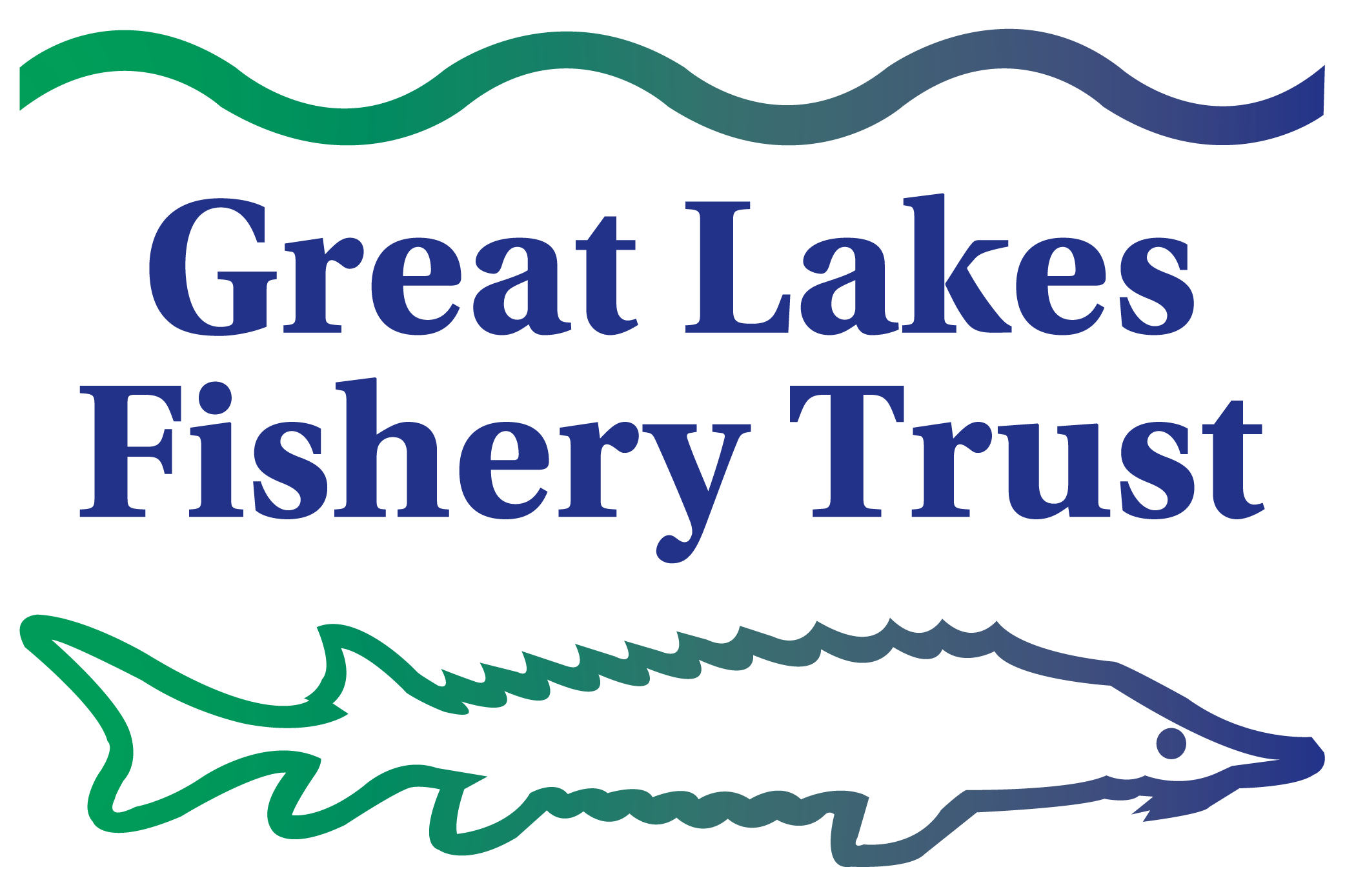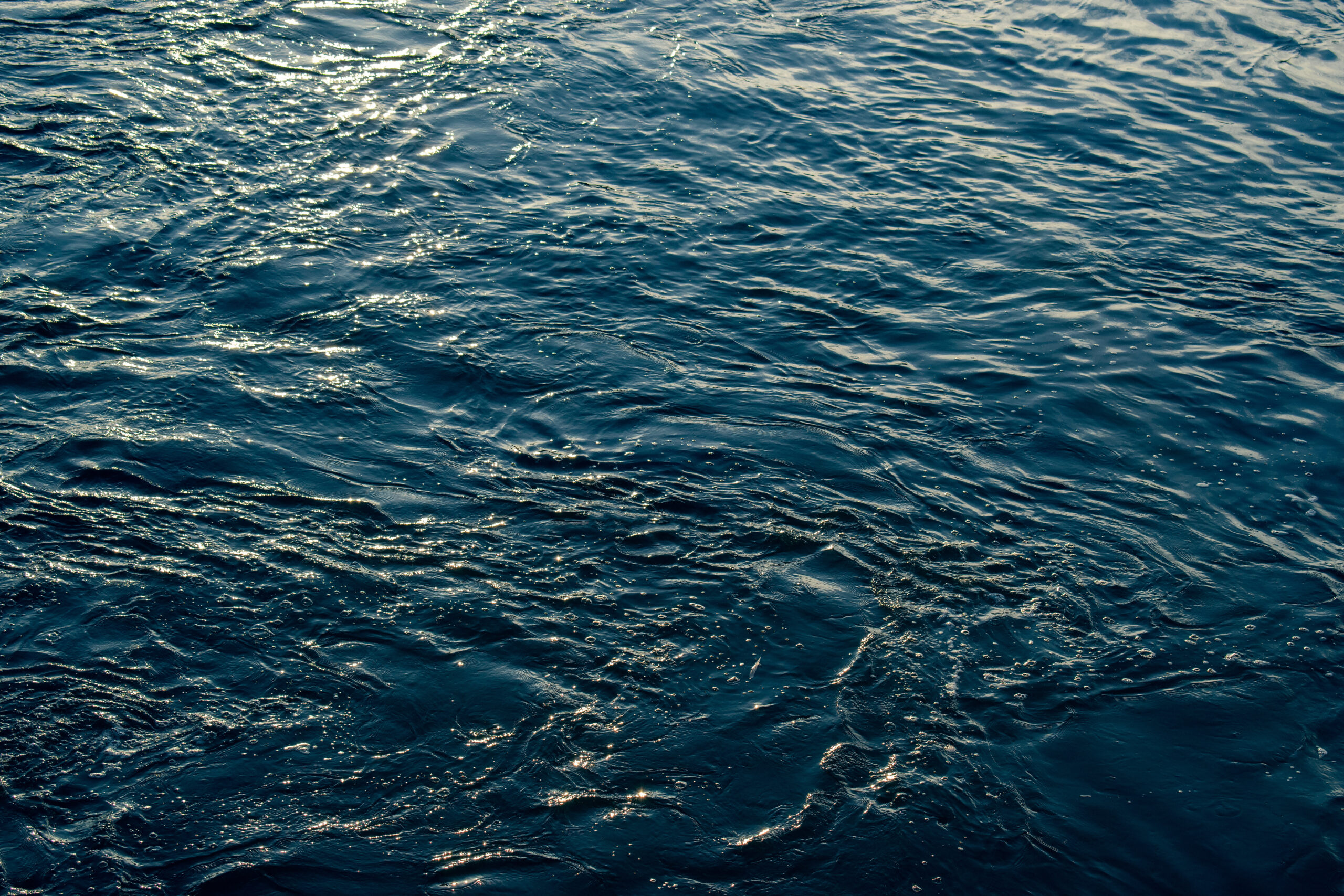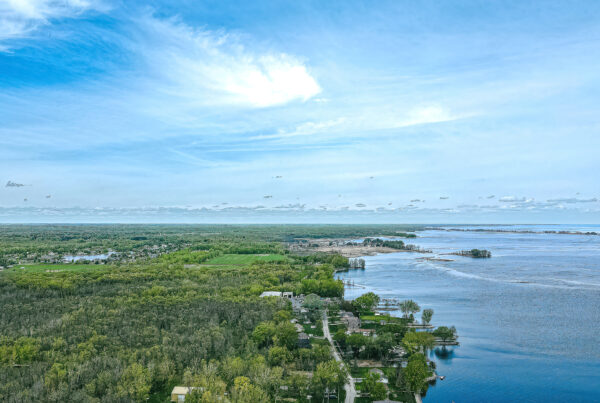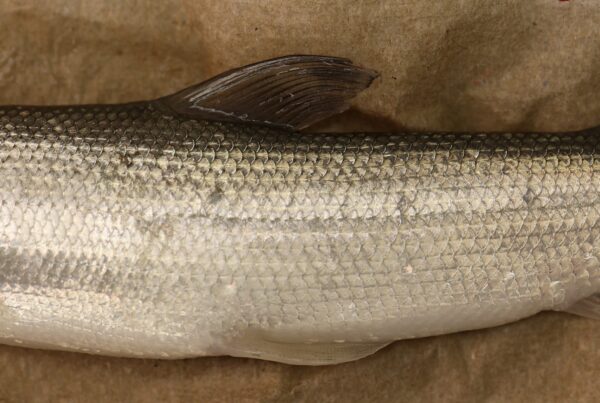The well-known decline in lake whitefish populations in the upper Great Lakes has been accompanied by an increase in cisco, a closely related species. New research looks at differences between the two species that might contribute to their contrasting population trends. Early in their lives, lake whitefish and cisco exhibit different metabolic rates, prey preferences, and predation vulnerabilities. Comparing conditions in northern Lake Michigan-Huron and Lake Champlain shows that predation may play an important role in whitefish recruitment.
Key Findings
- Larval cisco exhibit a higher metabolic rate than larval lake whitefish, which likely enables them to swim faster, making them more likely to avoid predation and encounter prey.
- Young cisco are also less selective about what they eat than lake whitefish, which actively select cladocerans, a type of zooplankton that is relatively rare in the nearshore waters in which young lake whitefish congregate.
- Round goby are more effective predators on young lake whitefish than on young cisco. The schooling behavior exhibited by cisco likely helps more of them survive round goby attacks.
- While zooplankton abundance has declined in Lake Michigan-Huron since the introduction of dressenid mussels, field research found similar zooplankton abundance in Lake Champlain, from which quagga mussels and round goby are absent and where the lake whitefish population was healthy as of the most recent data available.*
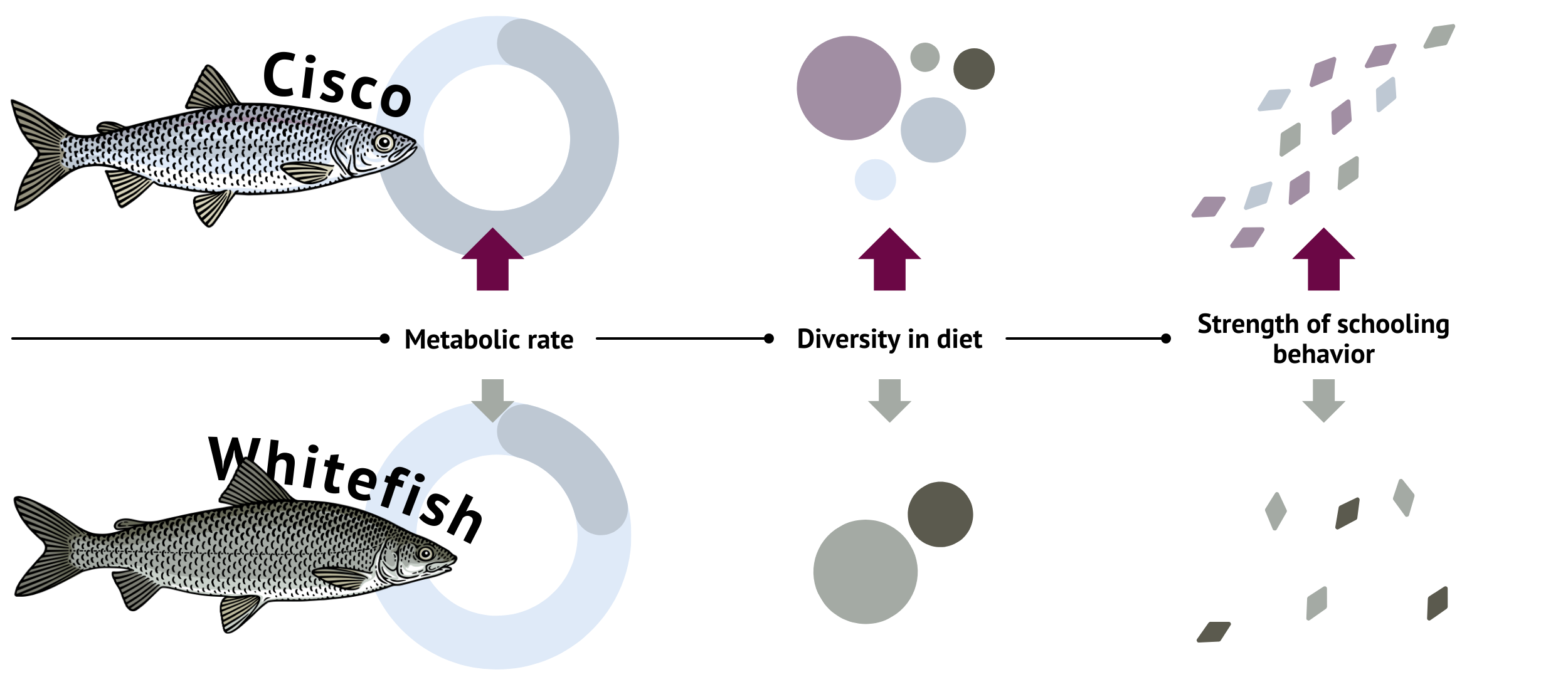
Significant Outcomes for Lake Whitefish Research
This research suggests that complex interactions between metabolism, foraging behavior, and predation are depressing lake whitefish recruitment in northern Lake Michigan-Huron as compared to cisco in the same lake. Differential predation rates by invasive round goby may partially explain why whitefish recruitment is reduced since the 1990s.
*Erratum: This article previously stated that lake whitefish and cisco are both currently thriving in Lake Champlain. In fact, insufficient data are available to support this claim.
Learn More
If you have questions, please contact the primary investigator, Dr. Scott McNaught, at mcnau1as@cmich.edu.
Disclaimer
Research Notes includes the results of GLFT-funded projects that contribute to the body of scientific knowledge surrounding the Great Lakes fishery. The researcher findings and grant result summaries do not constitute an endorsement of or position by the GLFT and are provided to enhance awareness of project outcomes and supply relevant information to researchers and fishery managers. Researcher findings are often preliminary and may not have been peer-reviewed.
